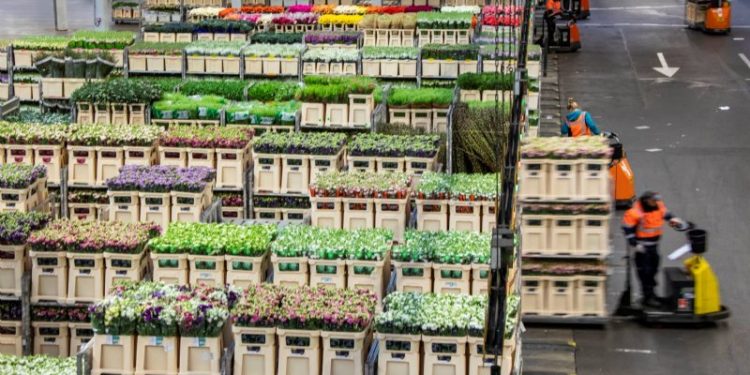In this article, we explore a significant development in the agricultural industry that has caught the attention of farmers, agronomists, agricultural engineers, farm owners, and scientists alike. Floraholland, a key player in the flower and plant trade, has recently announced its decision to phase out the collective minimumprijs (minimum price) starting from 2024. We’ll delve into the implications of this decision, backed by the latest data from reputable sources, to understand how it might reshape the landscape of agricultural commerce.
The agricultural sector has been closely monitoring the developments at Floraholland, the renowned flower and plant cooperative in the Netherlands. On July 21, 2023, Nieuwe Oogst reported the decision that has sent ripples through the industry. Floraholland has declared its intention to eliminate the collective minimumprijs, which has been a longstanding mechanism used to regulate prices within the cooperative.
This decision has sparked heated discussions among stakeholders. On one hand, some farmers fear that the removal of the collective minimumprijs may lead to increased price volatility and potentially lower profits. They worry about the impact on smaller farms that rely on price stability to sustain their operations. On the other hand, proponents argue that this move will usher in a new era of market-driven pricing, providing opportunities for competitive farmers to gain higher returns for their high-quality produce.
According to data from agricultural economists and market analysts, there are strong arguments on both sides. Historical data from other industries that have transitioned away from collective pricing models demonstrate mixed results. However, the prevailing sentiment is that a market-driven approach could eventually lead to a more efficient and adaptable agricultural market, capable of responding to changing consumer demands and external factors.
In recent years, advancements in technology and the emergence of digital platforms have disrupted traditional supply chain models, including those in the agricultural sector. E-commerce platforms and direct-to-consumer sales channels have gained traction, allowing producers to access broader markets beyond their traditional cooperatives. This shift has prompted Floraholland to reconsider its pricing strategy and align it with the evolving landscape of agricultural trade.
Conclusion:
Floraholland’s decision to phase out the collective minimumprijs has created a significant inflection point in the agricultural industry. As the year 2024 approaches, farmers, agronomists, agricultural engineers, farm owners, and scientists must closely monitor the unfolding effects of this transition. While there are concerns about potential challenges in adapting to market-driven pricing, there are also exciting prospects for increased market flexibility and growth.
As with any major change, there will be uncertainties and complexities to navigate. However, it is essential for stakeholders to embrace innovation, seek new opportunities, and leverage the power of data and technology to thrive in this evolving agricultural landscape.
Tags: Agriculture, Agricultural Trade, Floraholland, Collective Minimumprijs, Market-driven Pricing, Agricultural Commerce, Agricultural Technology, Farming, Agricultural Economics, Market Analysis.











